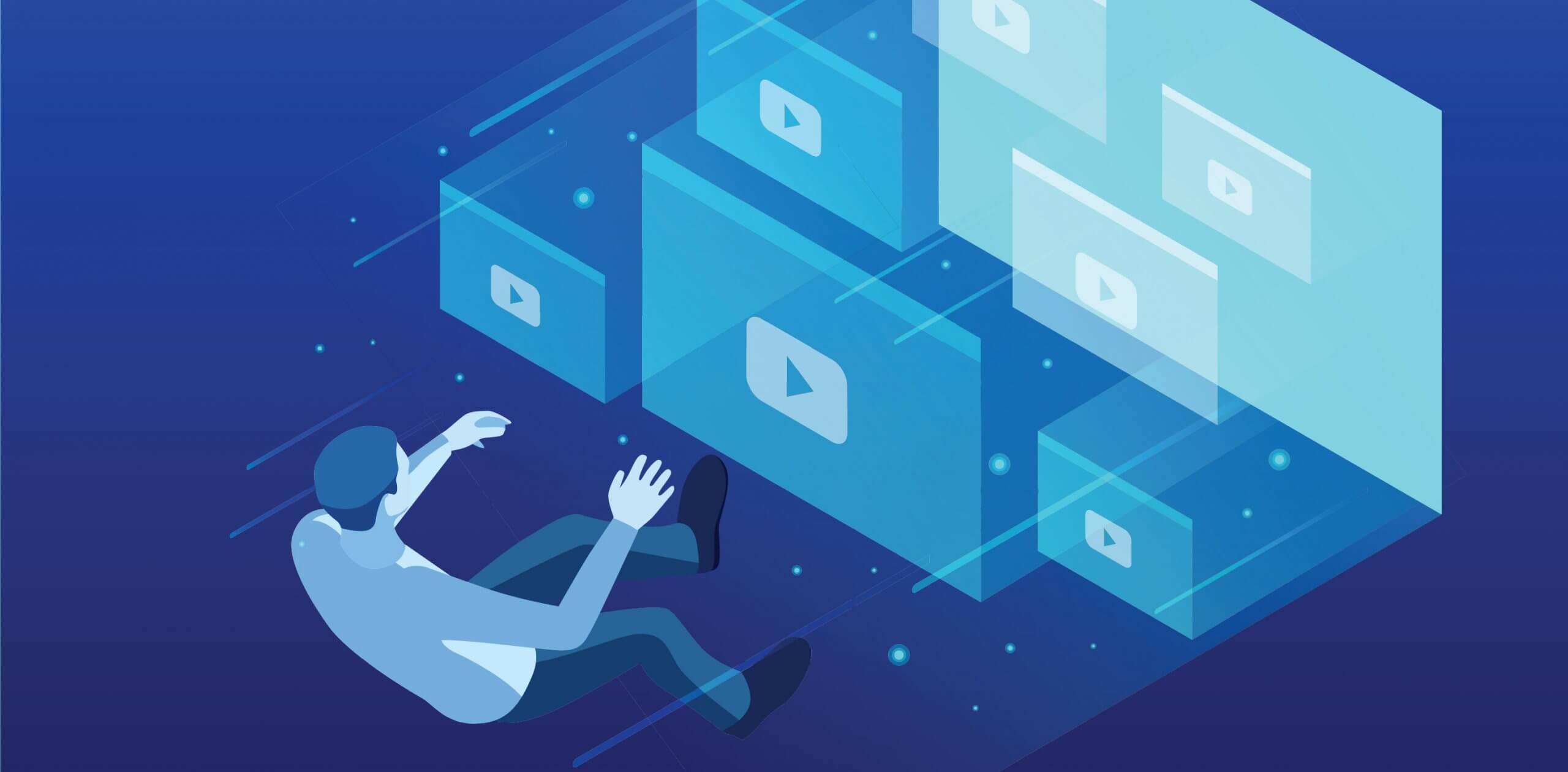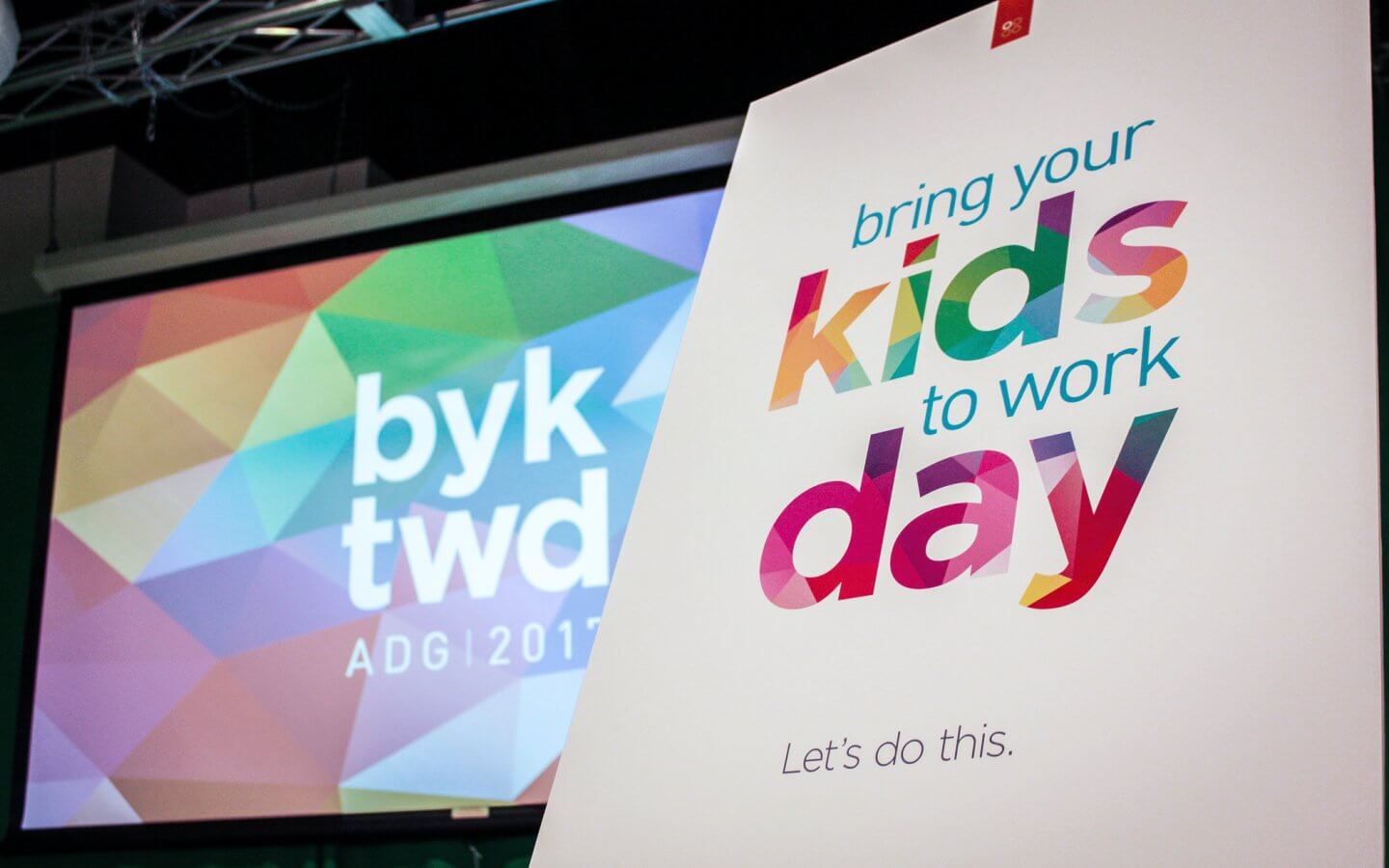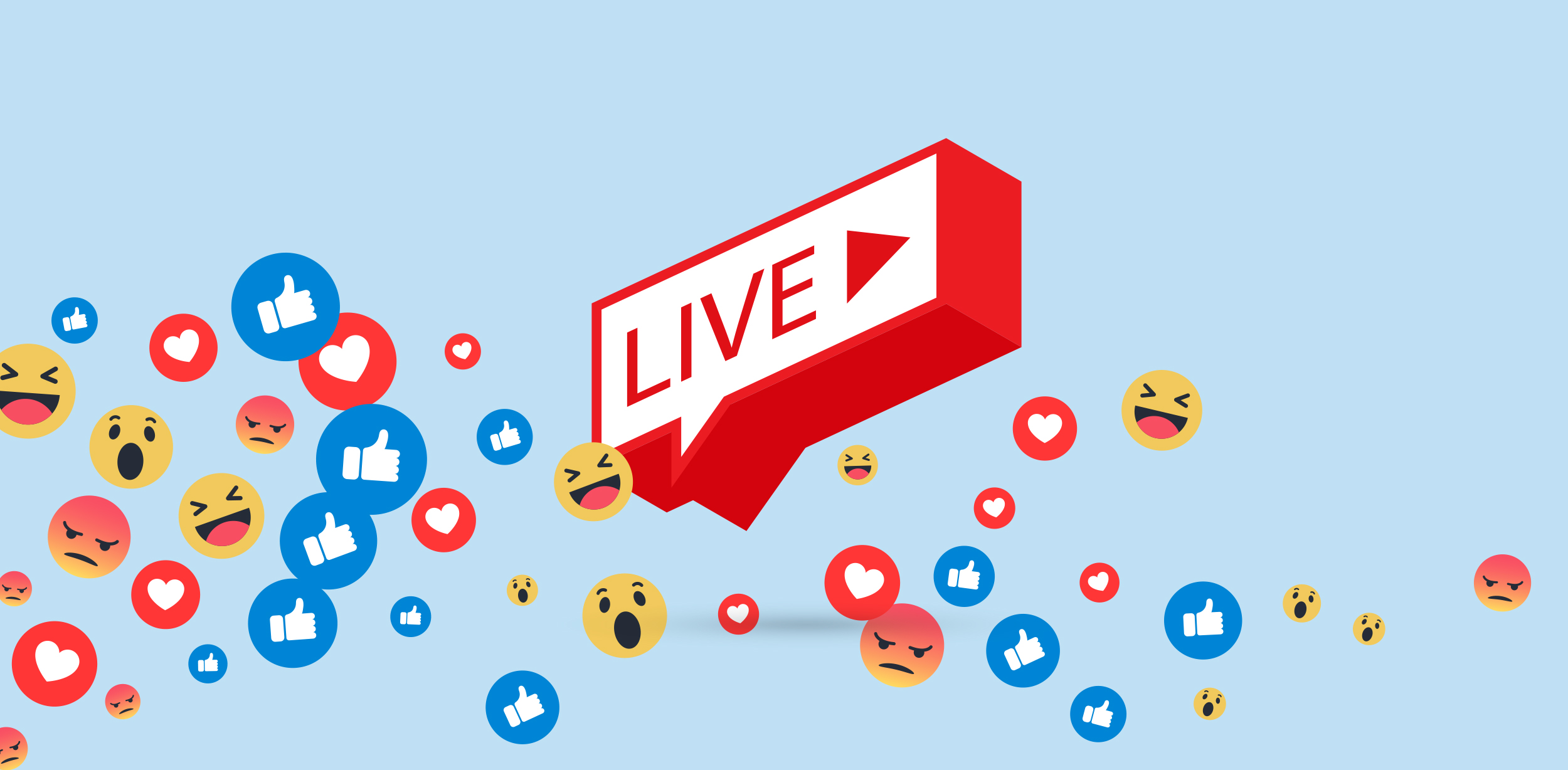


See the common thread?
Each one of these movie milestones was used to monetize a product. Or, viewed from another angle, each was a landmark in using video for broad-reach marking purposes. The first was marketing the Lumiere brothers’ technology, the second a Broadway show, and the third a brand of car juice.
Within fifteen years after the Lumiere brothers showed off in Paris, American movie audiences averaged about 1/3 of the population. Weekly. Within 25 years, that weekly average was 1/2 of the population. Movies were a hit.
Now our lives are all online, yet nothing has changed. Video is still one of the biggest assets in our marketing toolbox. Pick the date of YouTube’s launch as a baseline for online video. 2005. In less than the time it took 1/3 of the US to go to the movies, 90% of 18-44 year-old Americans watch videos on YouTube. A little math later and we see that though the population only increased by about 257% from 1910 to 2019, the percentage of video consumers increased by about 873%. Online video is beyond a hit.
Videos provide a whole host of benefits, other than just attracting viewers though.
How videos help.
According to a recent Cisco study, by 2021, 82% of consumer internet traffic will be video. Why video? Well, for one, video is faster and easier than the written word to impart information. (Oh, the irony of this blog post.)
It makes sense when you read the explanation by Dr. John Medina. Letters are pictures, and text is a series of pictures. In order to be understood, each of these pictures needs to be deciphered first. It’s a two-stage process: Decipher the letters, then determine the meaning. But videos give you their meaning all at once.
Videos also engage multiple senses. Dr. Medina points out that if you hear a piece of information (you’re using only one sense), you can remember 10% of it three days later. If, however, the format of the information presented is a video (combining audio and visual components, and requiring two senses), then you can remember 65% of it three days later.
Another reason videos help is by making the tone of the message clear. According to James McQuivey of Forrester Research, 1 minute of video is equal to 1,800,000 words. That’s an awful lot of words to double-check for clarity of meaning. Plus, no matter how you italicize, CAPITALIZE, or **emphasize** your text, there’s no guarantee a reader will read it in the same tone of voice you intended. Videos, however, can make your tone crystal clear and can focus on just the important parts of the content. Embed a video in additional content such as a blog post, and you have a one-two punch of marketing martial arts.
Video is dynamic, unlike an image or text alone, and that motion adds urgency to a message. That urgency translates to better engagement with your audience. 54% of consumers want to see videos from brands and businesses they like. They will engage with these videos which will lead to more sales.
Video expands the reach of your marketing while engaging your audience.
Video is shared 12 times more than the combined totals of text and images. This is especially true with mobile users, 92% of whom share videos. Having videos gives your audience something to click on and experience. They actually have to interact to get the reward.
Once your video has them hooked, however, they will engage even more. After watching a video, 50% of executives search out more information and 39% call the company.
Also, a little thing called Google likes videos. Embed them on your website and you’re 53 times more likely to show up on the first page of Google search results.
And finally, we must mention a marketer’s favorite word: metrics. Videos provide many valuable metrics on customer behavior. You can monitor shares and likes and comments on your videos, but you can also investigate how long your audience is watching. Working like a temporal heatmap, you can see when your video or message (or both) loses your audience’s attention. This data is extremely valuable and can be applied to all your marketing endeavors.
According to Adobe, 51.9% of worldwide marketing professionals rate video as the content with the best ROI. We know this statistic and all the other ones above because of the metrics video provides. Better metrics allow us to test, to analyze, and to create even better-performing videos.
What video type is right for you?
So now you know how much you need videos on your site, but what exactly should your videos do? Here are five simple categories of videos to start your creativity flowing. Keep in mind, your video can blend these categories into new hybrids, ensuring you’re delivering the exact type of video your audience wants to consume.

This is one of the most common videos. It’s a showpiece, a welcome message for new visitors to your website, social media accounts, trade show booth, or any other presentation. This is the video where you introduce your mission and your products or solutions. Maybe there’s a message from your CEO or from an animated sweet potato—whatever makes the most sense for your brand.
Think of this introductory video as your elevator pitch, that quick interaction where you give a potential customer an insight into your company and a hook to want to learn more. Just make sure the additional information and a way to contact you is easily accessible. Video on a landing page can increase conversion by 80%. Don’t want to miss any of those leads.
News and updates
These are the videos that, well, give news and updates on your products. Software has a new feature? Make a quick video to show it off. New CHO (Chief Happiness Officer) starts on the job? Introduce them to your audience.
Think of this type of video as half of a dialog with your audience. You anticipate (or crowdsource) questions or thoughts your audience has and then address them. This is a great format to continue to engage your customers. If you create enough of these videos, you’ll also build your video channel which will boost your SEO rankings.
Product demonstration
This type of video is normally longer than an introductory video, but shorter than a full tutorial learn-how-to-do-everything video (see the next video type for that one, smartypants). Since you already have the introductory video, this one is focused on a specific feature of one of your products or services.
If it’s a physical product, show someone actually using it. If it’s digital, get some screenshots. Show how easy it is to use and how much better it makes the user’s life. Sometimes these videos work great on a presentational background (solid color or studio setting), but often they are even more effective if you can show the demonstration happening in a setting similar to where your average customer would use it. Make it easy for your audience to see themselves in the video and, conversely, your product in their office.
Instructional tutorial
This is where you step-by-step teach your audience how to use one of your products or services. As this one isn’t really a promotional video, so you can take your time with it. Instructional videos are normally much longer than any of the other video forms on this list. Your audience knows to expect this, so isn’t looking for a quick hit of information.
While tutorial videos might not be the best for company promotion, they are a great tool for your customer service. They allow your customers to get answers to their questions without having to contact your company. They show how much you have preemptively thought about your customers’ experience. And while they aren’t promotional in nature, having a bank of tutorial videos is definitely a selling feature to highlight in other videos and marketing materials.
Entertainment
Entertainment-style videos might be funny, dramatic, adventurous, or thrilling, but the goal is always to entertain and evoke emotion. These are the videos that stick in the mind of the audience and their hearts. Now, this doesn’t mean these videos can’t promote your company or products. Entertainment videos tell a story, one that can easily center on, mention, or end with your company product or brand.
For some great examples, take a look at some of the videos for Spain’s Christmas Lottery. Each one is, as David Griner aptly points out, a masterclass in storytelling. The emotional aspect is almost tangible (have some tissues handy) and completely unforgettable. You will leave these videos feeling different. And you will never forget Spain’s Christmas Lottery. Mission accomplished.
Videos can do wonders for spreading your message and engaging your audience.
As already mentioned, it is also very easy to use one video in multiple places, both online and in your real-world activity.
Make sure your videos are branded and include some form of contact information. Depending on where you post the video, it could get shared—and you want your info shared with it. Branding your videos will give them the feel of legitimacy and professionalism your company deserves.
But making and posting a video isn’t the end. Just as theater is all about butts in seats, video is all about eyes on content! Share your videos, point to them in your emails and socials, and send links to your business contacts. The purpose of videos is to get your company seen, so make sure your videos are seen as well.


